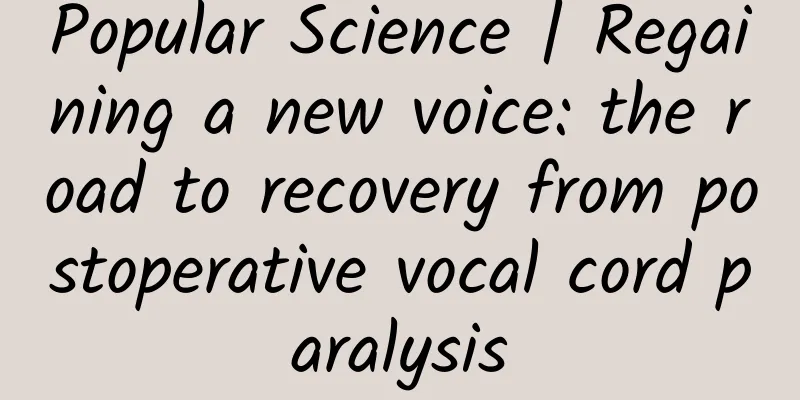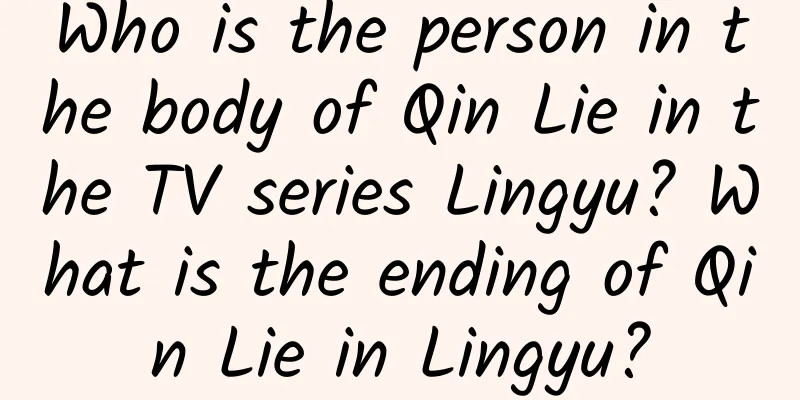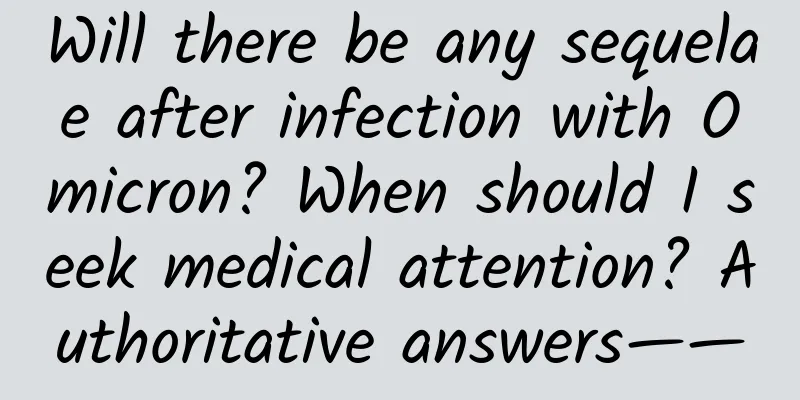Popular Science | Regaining a new voice: the road to recovery from postoperative vocal cord paralysis

|
Ms. Sun, a patient, had surgery for a malignant thyroid tumor three months ago. After the surgery, she found that her voice became hoarse and she had difficulty speaking. After the doctor's examination, she was diagnosed with postoperative unilateral vocal cord paralysis . After the surgery, Ms. Sun found that her voice became hoarse, she had difficulty speaking, and her volume was extremely low, which caused great trouble to her life and work. Ms. Sun felt very anxious and worried that her voice could not be restored, affecting her work and life. At the doctor's suggestion, Ms. Sun started rehabilitation treatment. During the initial assessment, the voice therapist conducted a detailed assessment of the patient, including the movement of the vocal cords, the quality of the voice, etc. According to the assessment results (see Figure 1), the patient's respiratory support was insufficient, the volume was low, and there was severe hoarseness, roughness, and breathiness. Due to incomplete glottal closure, the breathiness was particularly severe, and the speech intelligibility was low. Figure 1 Voice assessment results Ms. Sun received five voice training sessions in total. She usually practiced at home twice a day according to the training requirements. The therapist developed a personalized treatment plan for her laryngeal muscle tension, voice compensation, glottis incomplete closure, and psychological problems. It included abdominal breathing training, glottis closure training, vocal cord relaxation training, etc. 1) Speech breathing training Breathing is the basis of voice production. Under the guidance of a voice therapist, the patient performed physiological abdominal breathing training, from supine position to lateral position, and then to sitting and standing position training, step by step. The patient was also asked to train at home by blowing balloons, candles, etc. 2) Vocal cord closure training Patients with vocal cord paralysis generally have the problem of incomplete glottal closure. The voice therapist strengthened Ms. Sun's vocal cord closure through various voice training methods such as pushing against the wall and swinging arms backwards, and supplemented it with vocal cord relaxation training and vocal cord massage. During the training, Ms. Sun said that the swinging arms backwards method does not require auxiliary equipment and can be trained anytime and anywhere, which is very efficient. 3) Vocal cord relaxation training Vocal cord relaxation training should be supplemented with vocal cord closure training to avoid vocal cord damage. The therapist asked Ms. Sun to practice semi-blocked voice training and enhance the loudness and clarity of the voice through resonance training to improve the quality of pronunciation. During the training, Ms. Sun learned how to use airflow more effectively to produce sound and reduce excessive force on the vocal cords. Before and after voice training, the therapist used acoustic analysis software to let Ms. Sun monitor her voice in real time, which allowed her to observe the training effects and enhance her confidence and motivation (Figure 2). Figure 2 Real-time monitoring of voice during training Last evaluation After one month of treatment and training, Ms. Sun's voice has improved significantly. Laryngoscopy showed that her glottal closure was better than before, and her bad vocal habits were corrected. Acoustic analysis showed that Ms. Sun's longest sound time (MPT), maximum counting ability (cMCA), amplitude perturbation (Shimmer), fundamental frequency perturbation (Jitter), glottal noise energy (NNE) and other data have improved significantly. Subjectively, Ms. Sun's voice troubles have also been alleviated a lot (Table 1). Although Ms. Sun's pronunciation still has a slight breath sound and still has difficulty in pronouncing high notes, there is no problem in daily communication. She is no longer troubled by voice problems, and Ms. Sun's work and life have regained their brilliance. Table 1 Data changes before and after training ENDAuthor : Wang Zhe Unit: Shanghai Sixth People's Hospital Reviewer: Ma Yanhong, Chief Physician, Director of the Rehabilitation Medicine Department of Shanghai Sixth People's Hospital, Vice Chairman of the Rehabilitation Therapy Professional Committee of the Chinese Rehabilitation Medicine Association Editor: Jia Jing (Xinhua Hospital Affiliated to Shanghai Jiao Tong University School of Medicine) |
>>: What is the function of coenzyme Q10 and who needs to supplement it?
Recommend
What causes pain under the left breast of a woman?
Chest pain is a common feeling for many women. Af...
What is menstrual rash?
Menstrual rash is a type of allergic dermatitis, ...
What fruits should pregnant women eat for oral ulcers?
The onset of oral ulcers in pregnant women is rel...
Ovulation day after menstruation
When the follicles in the ovaries gradually grow ...
What is the nutritional value of Agaricus tricholoma? Is Agaricus tricholoma a white mushroom?
Oyster mushrooms are rich in nutrients, containing...
What nuts can help enlarge breasts?
Some women with flat chests want to find some way...
Menstruation is very rare and almost brown
In life, there are always some women who have irr...
How to check for adnexitis
Adnexitis is a common gynecological disease. It m...
What medicine should I take for fever during breastfeeding?
In our daily lives, we often suffer from colds, f...
How to treat cervical cin1 level
What is the treatment for cervical precancerous l...
What is the reason for a woman's big belly?
It is normal for a married man to have a big bell...
What is the difference between cervicitis and cervical erosion? The difference is here!
Cervicitis and cervical erosion are both gynecolo...
What to do if you have a single uterine fibroid
Uterine fibroids are a common disease among women...
Can I have abortion by medicine when I am 20 days pregnant?
Generally, medical abortion is performed within 4...
How many days after ovulation can pregnancy be detected
Some women will often use test strips to check wh...









